A Cherished Location
Often while travelling in the United Kingdom for work meetings, I would come upon various locations of interest and resolve to visit these in due course. This was the case for Chartwell, the country house of Sir Winston Churchill in Kent and which has been in the care of the National Trust since 1966. Churchill acquired Chartwell in 1922 and was particularly drawn to the views over the Weald of Kent that it provided. Over the next two years extensive building work altered the function and appearance of the house.
The first impression of arriving at Chartwell was one of how busy the site was. There were car parks, additional car parks and overflow car parks – all equally congested. A throng of helpful volunteers were stationed at strategic locations to welcome visitors, issue tickets and communicate information about Winston Churchill and the Chartwell Estate. For most of World War II, however, Churchill was forced to seek out more secure locations in London.
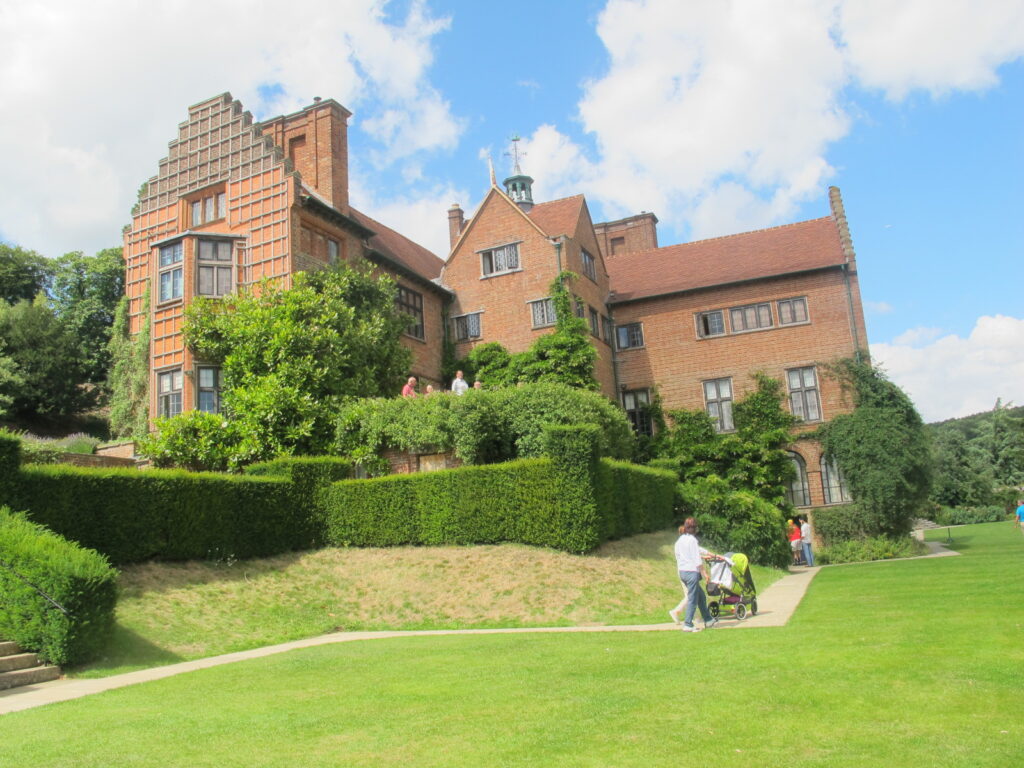
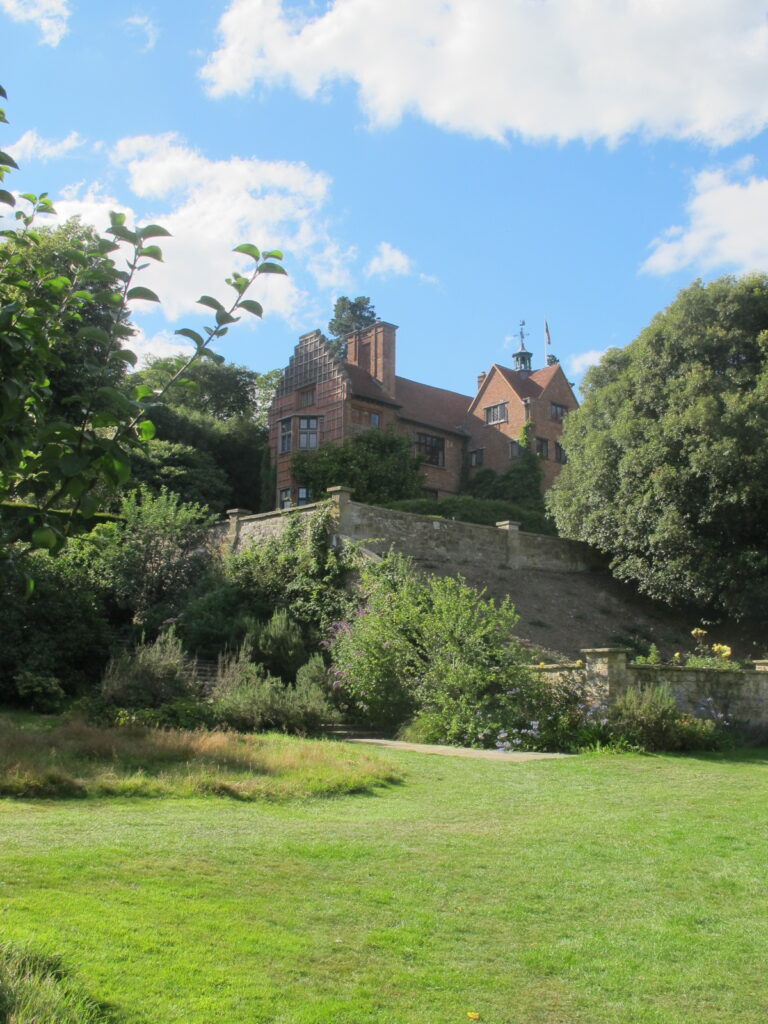
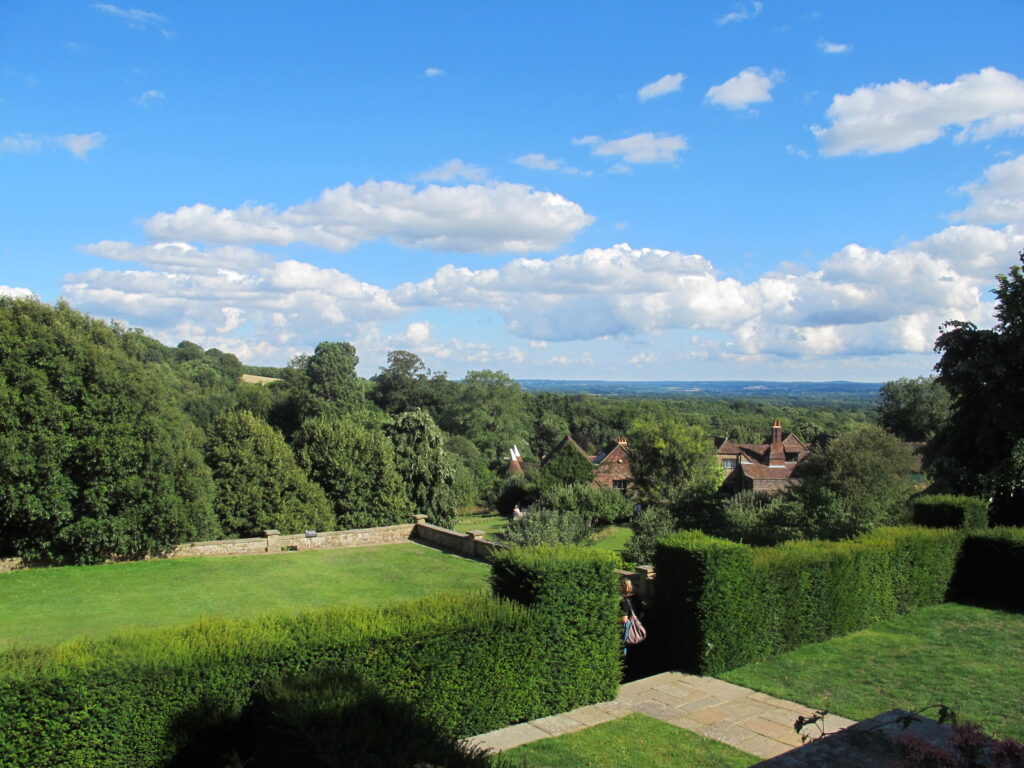
Within the House
Within the house itself, I recall especially the lounge, the dining room and Churchill’s study as especially memorable. It would have been within the lounge and dining room that Churchill would have discussed the growing threat of Nazi Germany in the 1930’s and lamented the lack of resolve of Britain at Munich in 1938 to confront Germany. A glass ornament in the shape of a cockerel in the lounge was described as a gift from General de Gaulle to Churchill. Often Churchill’s wife Clementine would act as a translator between these two individuals who by no means agreed on the details of the D Day landings in Normandy.
In Churchill’s study, where key speeches and books were written, a photograph of the King George VI and Queen Elizabeth on his desk would at that time have reminded Churchill of the far flung British Empire, as both a challenge to preserve and yet a welcome resource in times of dire necessity. In a biography of his wife Clementine by his daughter Mary Soames, there is description of the constant challenge of Clementine to balance the economics of the Chartwell household – cigars and champagne were expensive.

Love of Painting
The great love of Churchill was undoubtedly that of painting and the separate studio/gallery at Chartwell displays a significant number of his works together with easels and trays of oil paint tubes. Churchill, however, included several noted artists in his social circle and was able to learn from them specific techniques that he would employ in his own paintings. This included the projection of images derived from photographs to provide correct perspective and interesting content. A favoutite subject of Churchill to paint at Chartwell was the goldfish pond and where the spot he would view his subject from remains carefully preserved.

The Gardens
The gardens at Chartwell are particularly well preserved and where gardening was a particular interest of Clementine. A specific rose garden was laid out as part of the initial modifications to Chartwell and was a source of pride and joy for Lady Churchill. The National Trust has endeavoured to restore as far as possible the colour palate of the original roses planted at Chartwell.
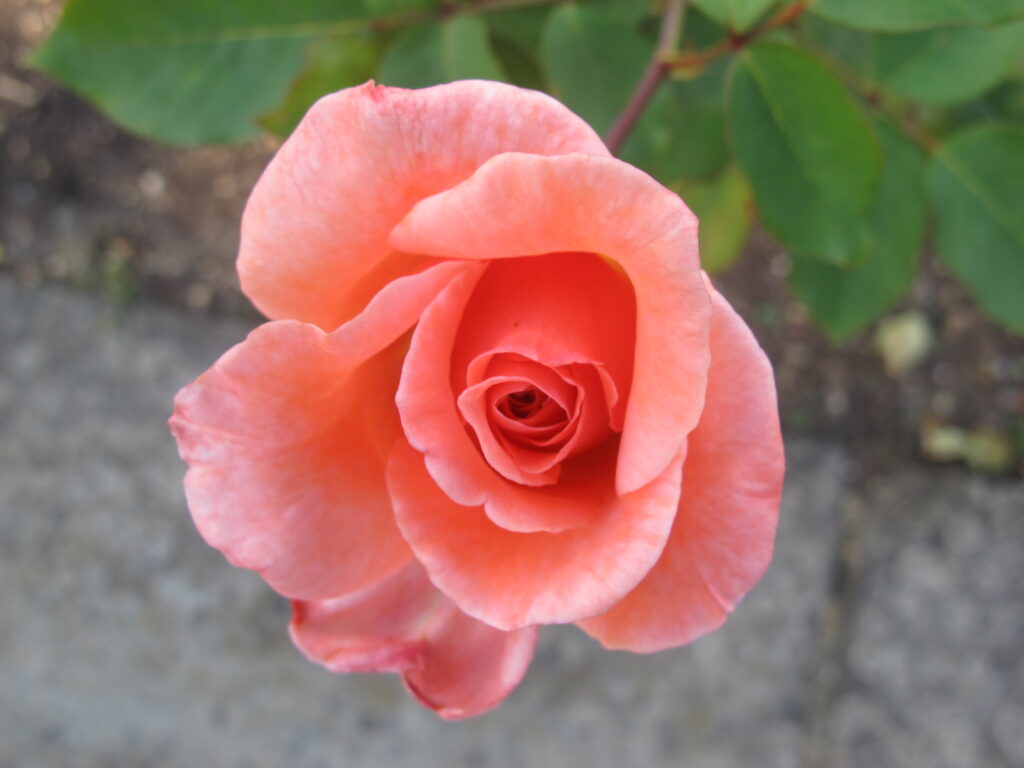

Churchill would spend a considerable amount of time in the gardens at Chartwell during the 1930’s supervising various works and for his own part constructing various brick garden walls. An inscribed stone in a section of garden wall gives notice of Churchill’s bricklaying achievements.
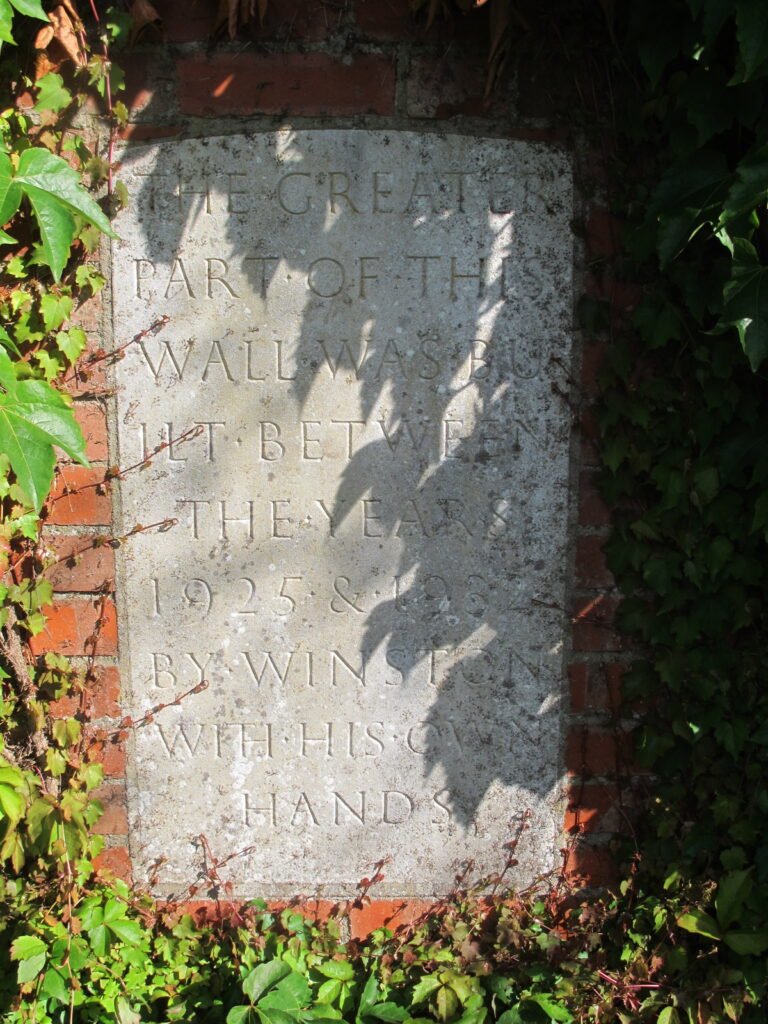
The Aura of Chartwell
While in visiting Chartwell, inspecting the house and admiring the gardens, there is also an awareness of encountering and absorbing the aura of the location – as if it could be described by ‘ The Churchillian Ray’ – which is energising, creative and renewing of outdated conditions.